Hydropower Generation
Hydro energy, or hydropower, generates electricity from flowing or falling water. It’s a renewable source with low emissions, using turbines to convert water energy into electrical power.
What is Hydro Energy?
Hydro energy, also known as hydropower, harnesses the energy of flowing or falling water to generate electricity. This renewable energy source is one of the oldest and most widely used forms of energy generation. Hydropower plants convert the kinetic and potential energy of water into mechanical energy, which is then transformed into electrical energy. This process produces clean, renewable power without emitting greenhouse gases or other pollutants, making it a vital component of the sustainable energy landscape, along with wind, photovoltaic, and nuclear energy.
How Hydro Energy Generation Works
Hydropower plants generate electricity by utilizing the energy of water flowing from higher to lower elevations. There are three main types of hydropower plants: impoundment, diversion, and pumped storage. Both impoundment and diversion plants operate by converting the mechanical spinning of turbines into electricity through generators. Notably, impoundment hydropower is a dispatchable technology, meaning it can be adjusted to meet the electricity demand. In contrast, pumped storage plants work by storing energy in the form of water pumped to a higher elevation during periods of low demand, which is then released to generate electricity during peak demand.
Impoundment hydropower plants are the most common type and use a dam to store river water in a reservoir. When electricity is needed, water is released from the reservoir and flows through turbines, causing them to spin. The amount of electricity generated depends on two key factors: the flow rate of the water and the height difference between the water source and the turbines, known as the head. The greater the flow rate and head, the more electricity can be generated. Diversion, or run-of-river, hydropower plants operate by channeling a portion of a river's flow through a canal or penstock to drive turbines. Unlike impoundment plants, diversion plants do not require a large reservoir. Instead, they rely on the natural flow of the river, making them more environmentally friendly and suitable for locations with consistent water flow. These plants typically have a smaller footprint and cause less disruption to the local ecosystem. Pumped storage hydropower plants function like large batteries, storing energy for later use. During periods of low electricity demand, cheap energy from the grid is used to pump water from a lower reservoir to an upper reservoir. When demand for electricity is high, the stored water is released back to the lower reservoir through turbines, generating electricity. This system helps balance supply and demand, providing grid stability and supporting the integration of other renewable energy sources like wind and solar.
In all types of hydropower plants, the mechanical energy from the spinning turbines is converted into electrical energy by generators. The generated electricity is typically in the form of low-voltage direct current (DC). To make it suitable for long-distance transmission, the electricity is converted to high-voltage alternating current (AC) using transformers. The high-voltage AC electricity is then fed into the power grid through transmission lines, where it can be distributed to homes, businesses, and other end users. Substations may also be used to further step up or step down voltage levels, ensuring efficient and safe delivery of electricity.
.png?width=1108&height=470&name=hydro.drawio%20(1).png)
The Impact of Hydro Energy Plants
Hydropower has a significant positive impact on the energy sector by providing a reliable and renewable source of electricity. It accounts for a large share of global renewable energy production and offers several benefits. Hydropower generates electricity without burning fossil fuels, reducing greenhouse gas emissions and air pollution. This helps combat climate change and promotes environmental sustainability.
Economically, hydropower contributes to the diversification of the energy mix, enhancing energy security and reducing vulnerability to fuel price fluctuations. Due to their lower marginal costs, Hydro plants on the lower side of the merit order of the marginal cost pricing system used by the Day-Ahead Market. The development and maintenance of hydropower plants create jobs and stimulate local economies, particularly in rural areas. Hydropower projects involve significant investment in infrastructure, contributing to regional economic growth.
The flexibility of hydro energy plants helps balance supply and demand, supports the integration of other renewable energy sources, and enhances overall grid reliability. Despite its benefits, hydropower also presents some challenges. The construction of large dams and reservoirs can have significant environmental and social impacts, including habitat disruption and displacement of communities. Modern hydropower projects increasingly incorporate measures to mitigate these effects, such as fish ladders, environmental flow requirements, and community engagement programs.
Conclusion
Hydro energy generation is a cornerstone of renewable energy, offering a sustainable and environmentally friendly way to produce electricity. By harnessing the power of flowing water through turbines connected to generators, hydropower reduces greenhouse gas emissions, enhances energy security, and supports economic development.
As technology advances and environmental management improves, hydropower will continue to play an important role in the ongoing energy sustainability transition
Glossary
- Hydropower (Hydro Energy): Energy generated by harnessing the kinetic and potential energy of flowing or falling water.
- Impoundment Hydropower Plant: A type of hydropower plant that uses a dam to store water in a reservoir and release it through turbines to generate electricity.
- Diversion (Run-of-River) Hydropower Plant: A hydropower plant that diverts a portion of a river's flow through a canal or penstock to drive turbines, without a large reservoir.
- Pumped Storage Hydropower Plant: A type of hydropower plant that stores energy by pumping water to an upper reservoir during low demand periods and releases it to generate electricity during high demand periods.
- Turbine: A device that converts the kinetic energy of flowing or falling water into mechanical energy.
- Generator: A device that converts mechanical energy from a turbine into electrical energy.
- Transformer: A device that increases or decreases the voltage of electricity for efficient transmission and distribution.
- Head: The height difference between the water source and the turbines, influencing the potential energy available for electricity generation.
- Fish Ladder: A structure that allows fish to navigate around dams and continue their migration upstream.
- Substation: A facility that steps up or steps down voltage levels to ensure efficient and safe delivery of electricity.
- Alternating Current (AC): An electric current that reverses its direction periodically and is used for long-distance transmission of electricity.
- Direct Current (DC): An electric current flowing in one direction, typically produced initially by generators in hydropower plants.
.png?width=200&height=80&name=etpa-logo-color%20(1).png)
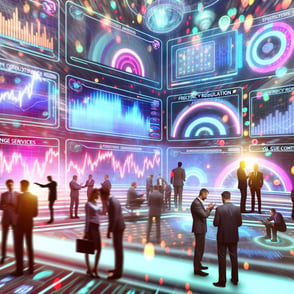

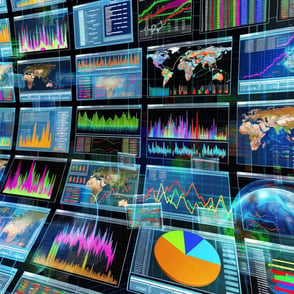



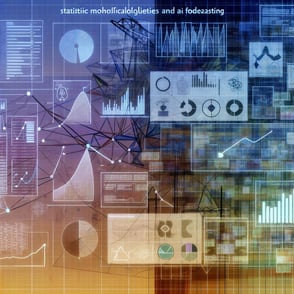







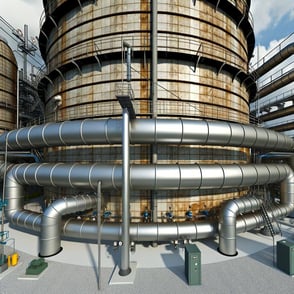




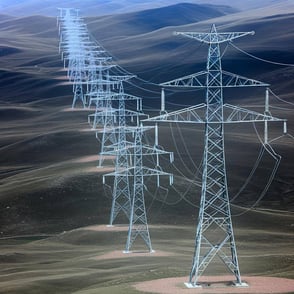











.png)
.png)
-1.png?width=250&height=100&name=etpa-logo-color%20(1)-1.png)